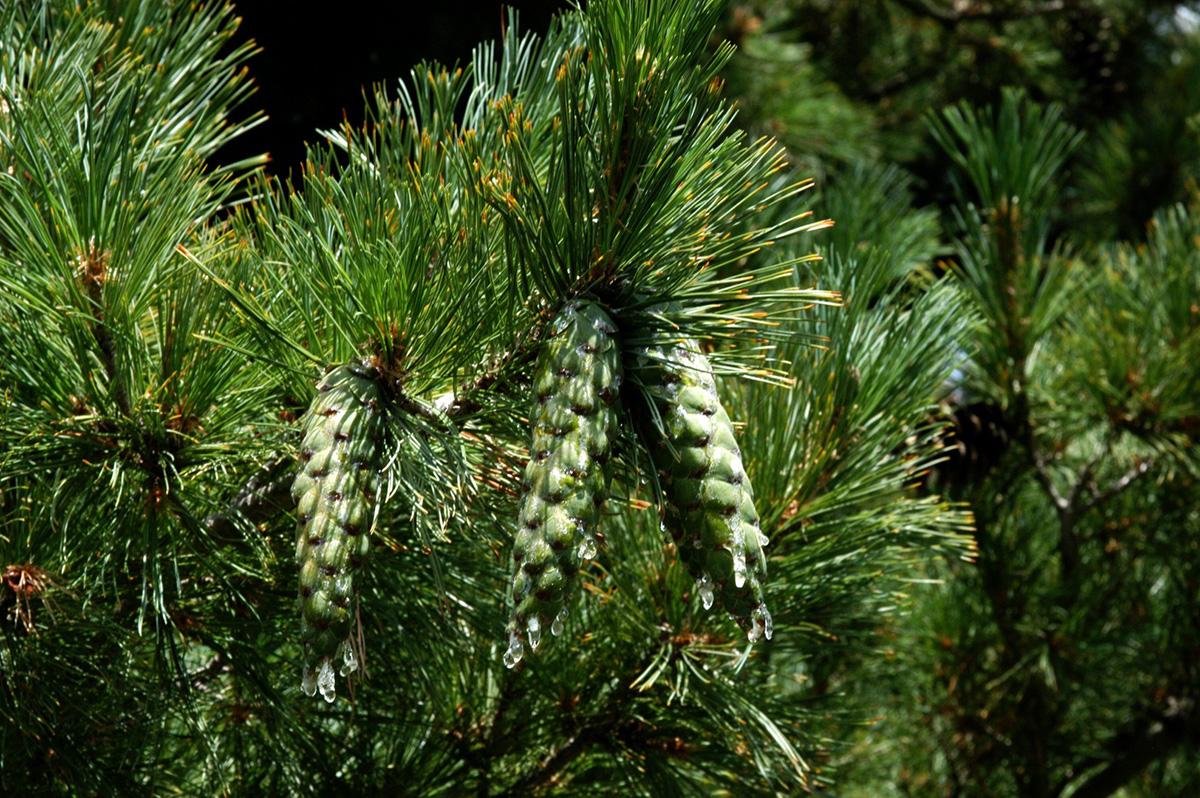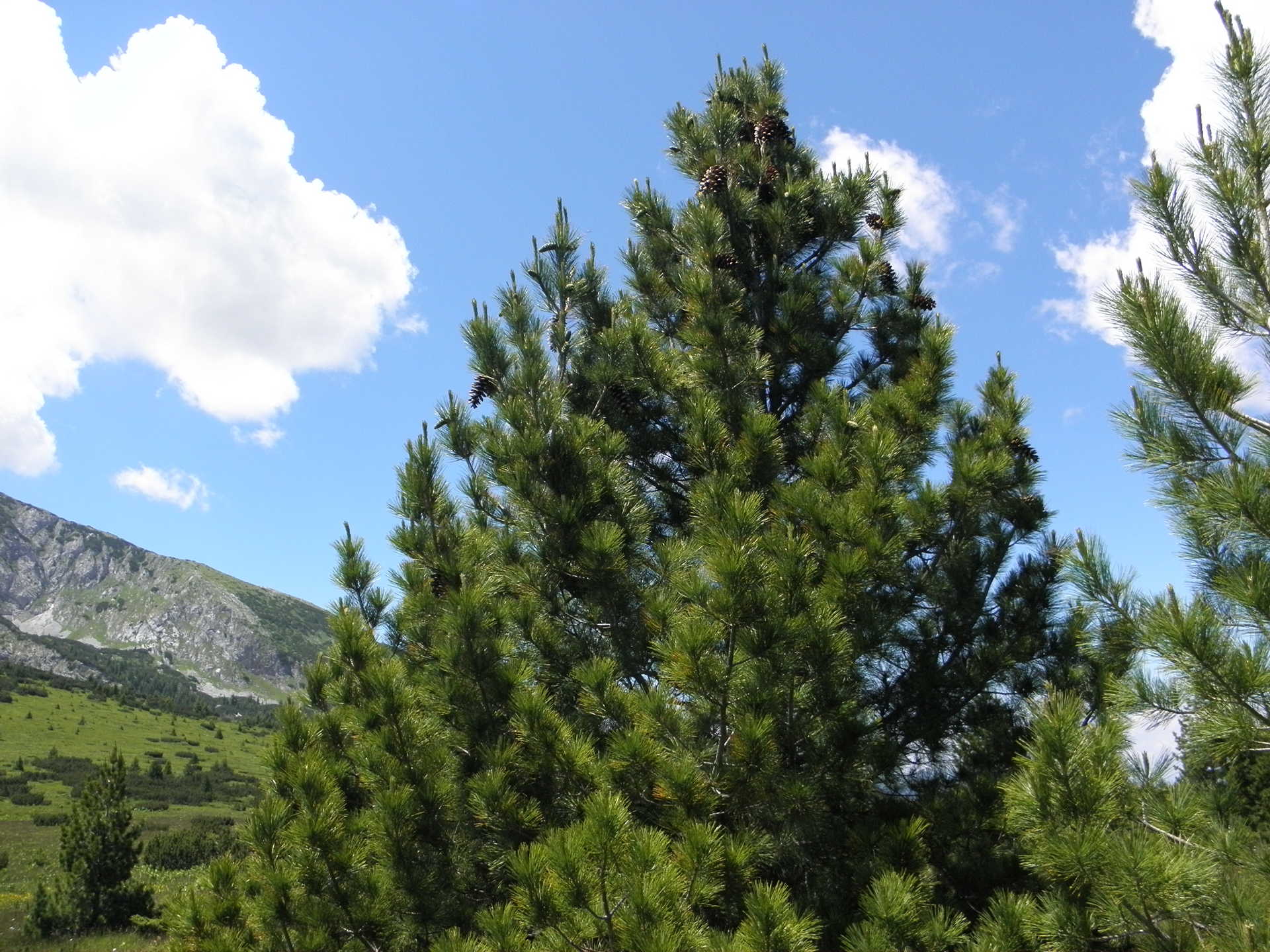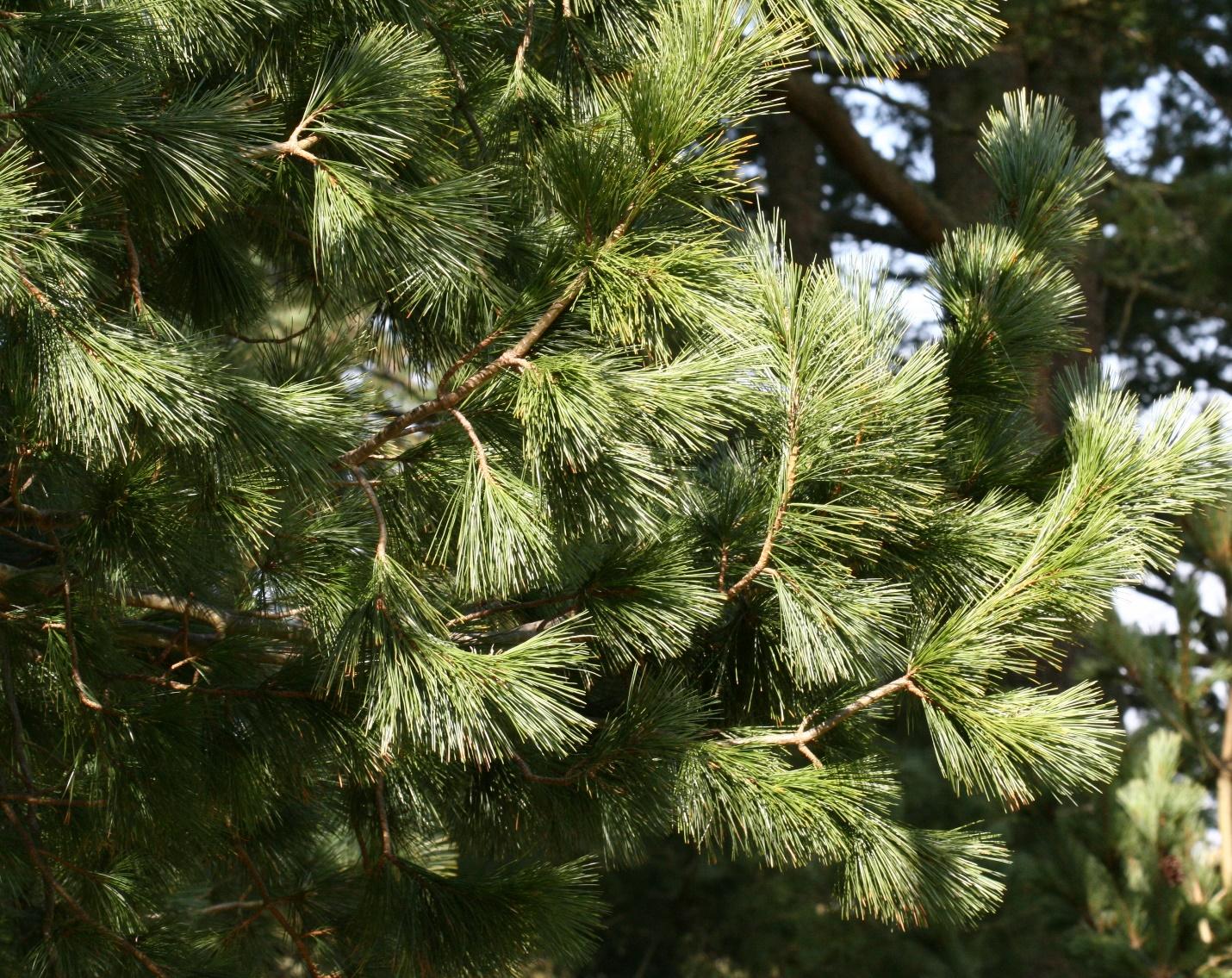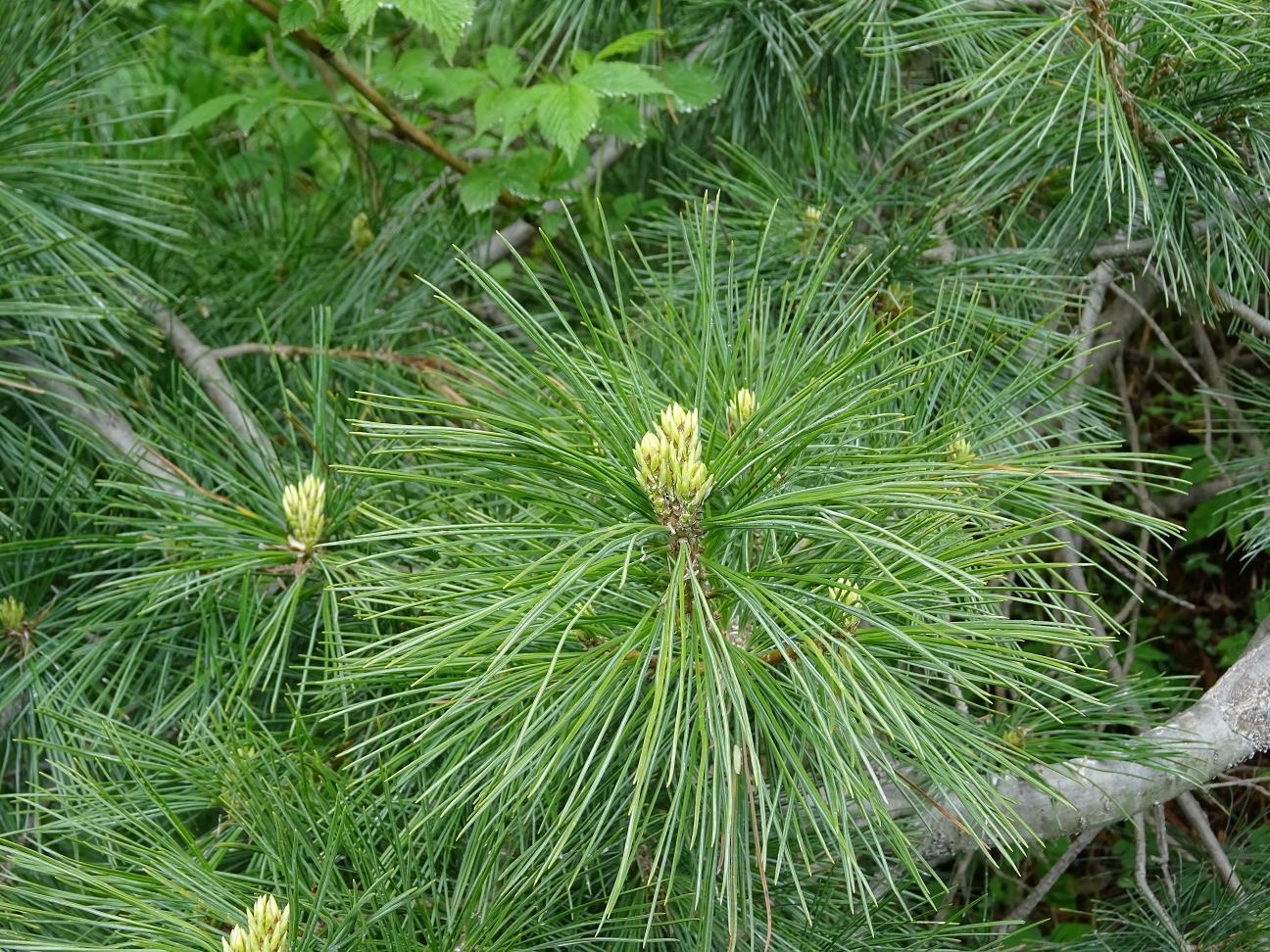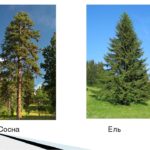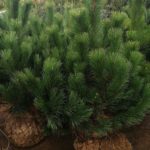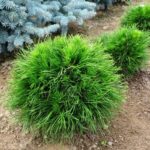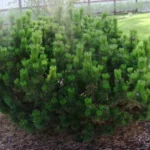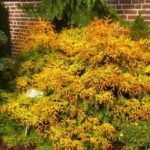Rumelian pine is a beautiful crop that is characterized by rapid growth. It is often found in southern parks and gardens. This plant is considered very heat-loving. At the same time, it is almost impossible to cover it for the winter. This is due to the rapid growth of culture. Therefore, the tree is usually grown in the south. In order for the plant to retain its decorative properties, it must be properly cared for.
Description of the species
This variety of pine is often also called Balkan or Macedonian.The tree of this variety is a very attractive crop that can reach a height of 20-25 meters. The plant has an attractive cone-shaped shape and a straight trunk. Rumelian pine is characterized by long, dark green needles, which are distinguished by their high density and grayish color. The tree has long cones of a light brown color.
The pine crown varies. It differs depending on the age of the tree. Young plants most often resemble a wide pyramid, which is compact in size. Mature trees have a more rounded crown. Older crops are characterized by an umbrella-shaped form.
The bark of this variety of pines can be lumpy or scaly. Depending on the age of the tree, its color changes - from rich to brown or dark gray. Cones form at the ends of the shoots. They mature in 2-3 years. In this case, the needles grow within 2-3 years. Then they fall off and are replaced by new ones.
Flowering of trees is observed in spring - in May. 2-3 years after planting, abundant fruiting begins. Cones can be located singly or in pairs. They have a cylindrical shape and reach 10 centimeters in length and 4-5 in width. The fruits are curved and light brown in color.
The top of the cones is covered with hard but thin scales. They are 3-3.5 centimeters long and 23 millimeters wide. The seeds are characterized by small oval-shaped scales. They reach 5-7 millimeters in length and begin to mature at the 3rd year. After ripening, the seeds scatter almost immediately. They can be collected at the end of August or in the first half of September. The seeds have excellent germination rate, which is 60-90%.
Distribution area
In nature, Rumelian pine is found in the mountainous areas of southern and southeastern Europe. The tree grows in Albania, Greece, Bulgaria. It is also found in Serbia, Yugoslavia, and Montenegro. In addition, there is culture in Canada, France and the Scandinavian countries. At the end of the nineteenth century, Rumelian pines were planted in St. Petersburg.
Popular varieties
Today, relatively few varieties of Rumelian pines are known. This culture itself has excellent decorative properties. Therefore, species trees are predominantly planted in parks and summer cottages. In addition, according to the botanical description, the tree has low frost resistance, which limits its distribution.
So, the main varieties of such crops include the following:
- Caesarini - this plant can be grown in frost hardiness zone 5. The crop is a dwarf tree that is characterized by slow growth. It has a wide pyramidal crown and soft gray-green needles. By the age of 10, the Caesarini variety grows up to 1 meter in height. In this case, the crown diameter is 60 centimeters. Over the course of a year, the plant grows by 5-10 centimeters.
- Gedello is a relatively new variety that appeared in the first half of the twenty-first century. The culture is characterized by rapid development and grows by 30-45 centimeters every year. At a young age, the plant develops a rather narrow crown. Its height reaches 3-5 meters, and its width is 1.3. Old trees increase significantly in size. This is due to the fact that the lower branches become horizontal. As a result, the crown takes the shape of a wide cone. The tree is characterized by long and thick blue-green needles.
- Pacific Blue - this variety can winter in zone 4. Therefore, it can be grown in almost all regions of Russia. This crop grows by more than 30 centimeters per year. An adult tree reaches a height of 6 meters. Moreover, the diameter of its crown is 5 meters. Young culture is narrower. It is characterized by thin needles, which have a bright blue color.
- Arnold Dwarf is a dwarf plant, which by the age of 10 does not exceed 1.5 meters in height. The culture grows quite slowly and increases by a maximum of 15 centimeters per season. The tree is characterized by a wide pyramidal crown and thin blue-green needles. The culture can grow in partial shade.
Planting a pine tree
Rumelian pine is considered a fairly hardy crop that can grow in moderately fertile soil. This plant is considered not too winter-hardy. It is planted throughout the fall and winter. In spring, it is permissible to replant only container plants.
The size of the planting hole depends on the age of the seedling. The depth should accommodate 20 centimeters of drainage and the root system, and the width should be 1.5 times the size of the earthen ball in diameter.
You need to place drainage in the planting hole, cover it 2/3 with soil and fill it with water. The pit must stand for at least 2 weeks. It is better to purchase a small seedling in a container. Large plants can be purchased with a ball of earth wrapped in burlap.
To plant a plant you need to do the following:
- Remove some of the soil from the hole and set it aside.
- Install the pine tree in the central part.
- Gradually add the substrate, compacting it.
- Water the plant. This must be done until the water stops being absorbed.
- Sprinkle the tree trunk circle with mulch. The thickness of this layer should be at least 5 centimeters.
Proper care
Balkan pine is considered an unpretentious crop. However, to maintain its attractive appearance, you still need to follow a number of rules.
Watering and fertilizing
Rumelian pine is considered quite moisture-loving. It needs to be watered systematically. In the spring, in the absence of precipitation, the soil is moistened once a month, and in the hot summer - twice as often. In autumn, moisture-recharging irrigation is required.
It is recommended to feed the plant 2 times during the season:
- in spring it is necessary to apply a combined composition with a significant nitrogen content;
- In early autumn, potassium and phosphorus agents are used.
Mulching and loosening
The soil under the plant needs to be loosened during the year of planting and part of the next season. Subsequently, this procedure can be replaced by mulching. To do this, it is better to use pine bark that has been treated against diseases and pests. Sawdust, wood chips and other waste remaining after wood processing are also suitable.
Trimming
Rumelian pine does not require formative pruning. However, to increase the density of the crown, it can be pinched by a third or half. The procedure is carried out in the spring, when young shoots have already stopped actively growing. During sanitary pruning, it is recommended to get rid of broken, diseased or dry branches.
Reproduction
Pine can be propagated by seeds or grafting.It is recommended to plant seeds in early spring. Before planting, they require stratification. To do this, planting material must be placed in damp sand, peat or moss. Seeds are placed in such materials until sprouts appear. It is also possible to carry out planting work before winter. In this case, the procedure is carried out in November.
Possible pests
This type of pine tree is considered quite resistant to pest attacks. However, sometimes trees suffer from attacks by mealybugs, pine cutworms and scale insects. The crop is also susceptible to attacks by various types of aphids. When unpleasant symptoms appear, it is important to treat the plant with insecticides.
Rumelian pine is a very common plant that is often used to decorate various spaces. In order for the culture to grow and develop normally, it is important to strictly follow the rules of caring for it.

